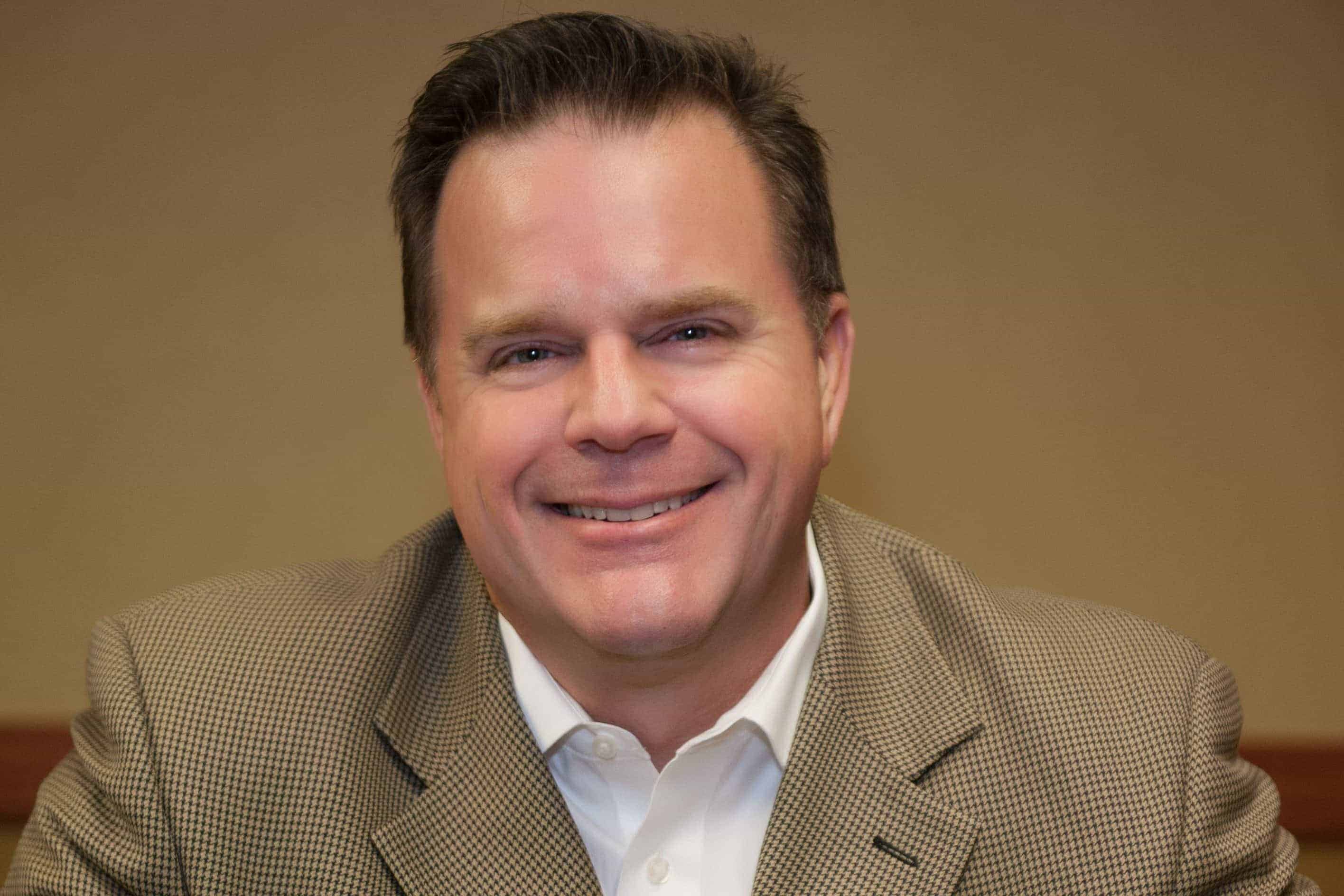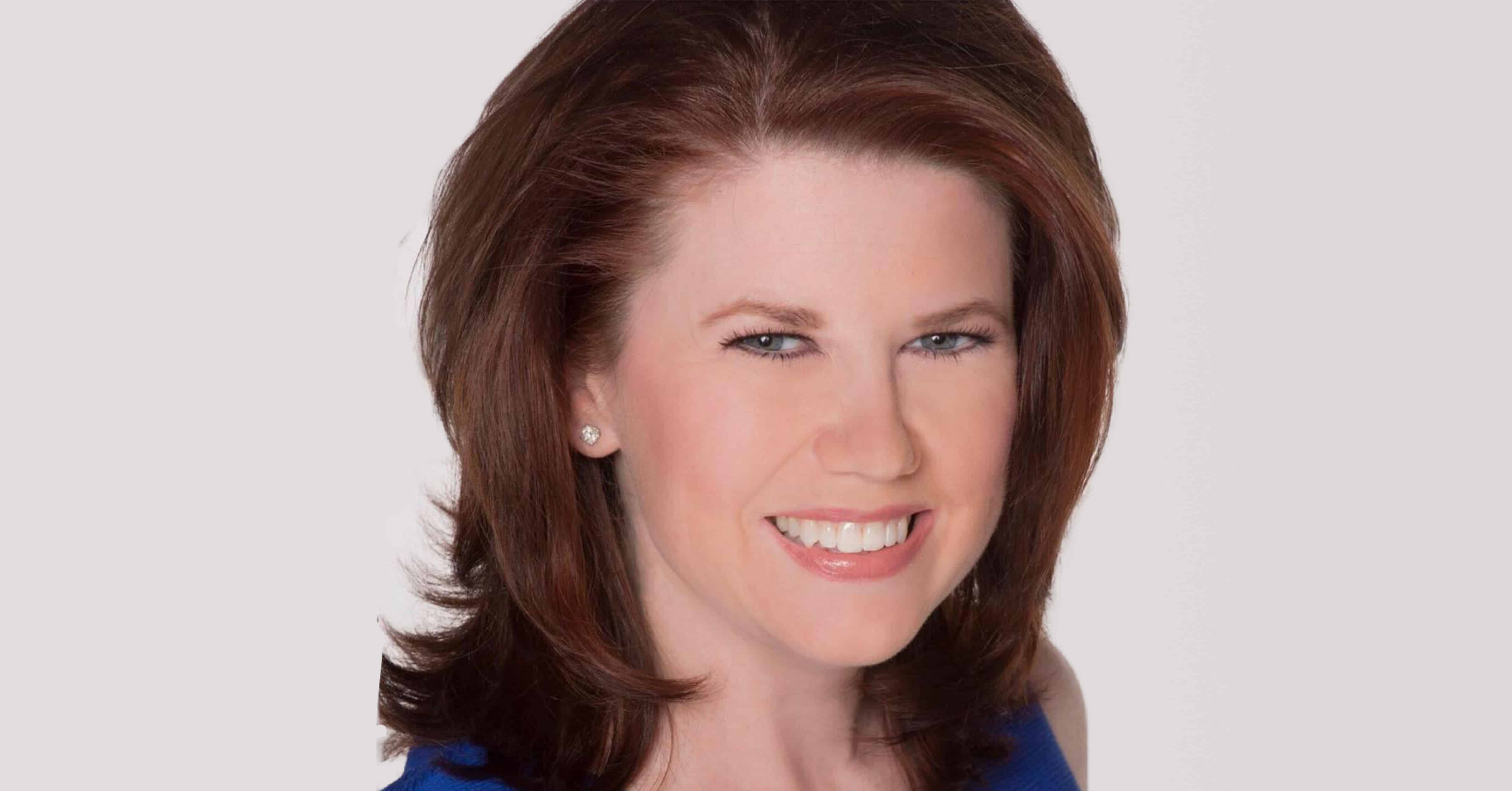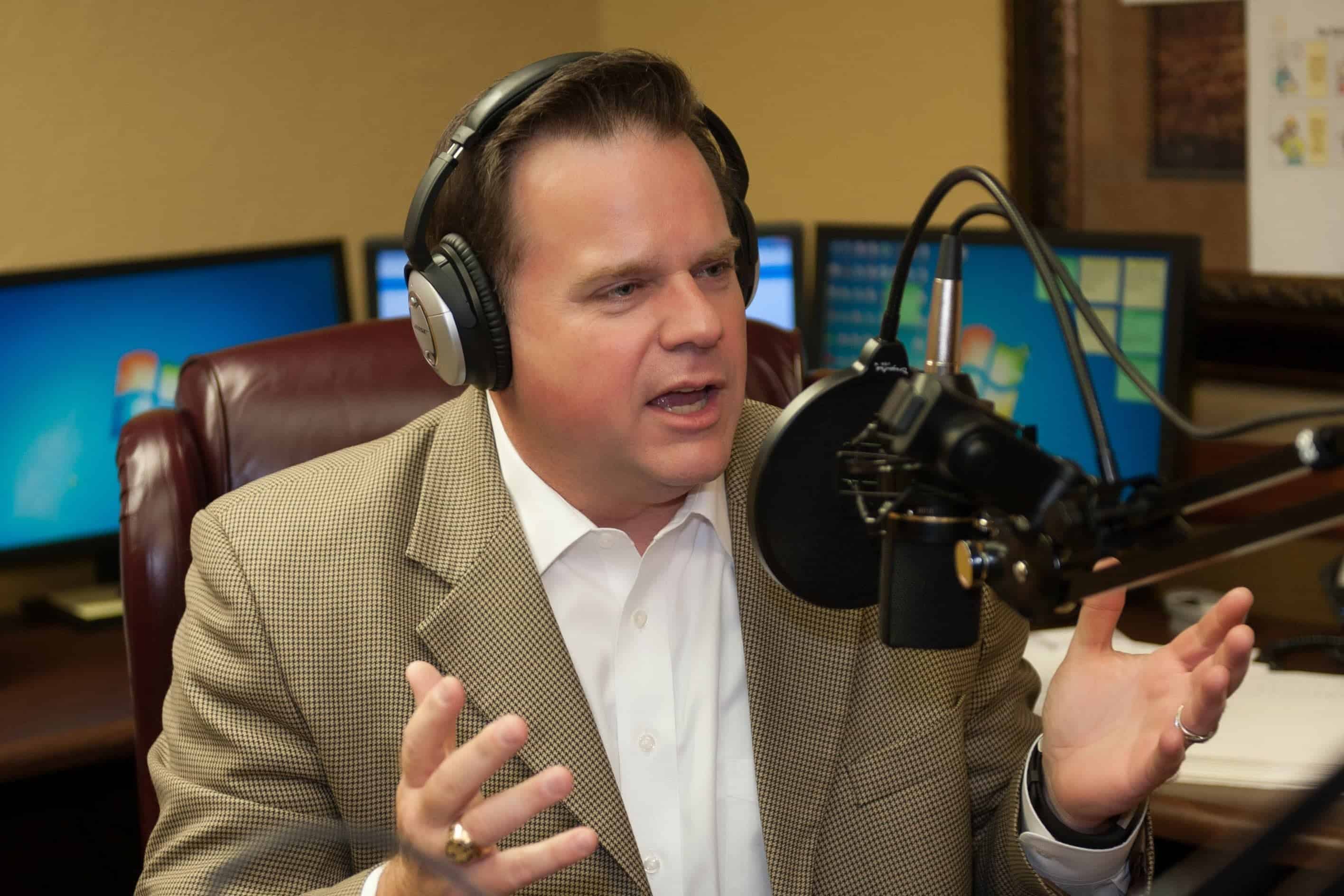If you have attempted to purchase a new car, new home or pay on your credit cards, you may notice the interest rates being charged you are higher than you experienced earlier this summer. Inflation has been a tremendous force on the budge of families in the United States in the past year. Currently, the year-over-year inflation rate is 8.5%. This number impacts most financial matters where lenders are involved.
The Federal Reserve Board is the responsible agency for establishing a monetary policy and to promote stability in the banking system of the United States. Based on the money supply in the country, as we are currently experiencing, demand for consumer goods and real estate are higher but the supply of these same goods is limited. This is the definition of inflation. Although you can’t see “inflation”, you experience it everyday when buying groceries, filling up the tank of your automobile, borrowing money on a home or requesting a credit card.
The rate controlled by the Federal Reserve is known as the discount rate. This is the rate of interest charged to banks to borrow from the Federal Reserve. If the rate of borrowing rises for your community banks, the rate of interest charged on loans to you by the bank might be higher than you previously experienced. Loan rates to consumers (you and I) are based on manner factors: your credit score, your debt-to-income ratio, collateral offered for securing the loan and general payment history with the lender.
In the past several years, the Federal Reserve allowed the discount rate to remain near zero percent. This fueled an aggressive amount of lending and money supply to become more liberal for borrowers while rates charged the borrowers were exceptionally low. For example, to some of the most credit-worthy borrowers, automobile financing companies such as General Motors Acceptance Corporation would loan funds to buy automobiles with terms such as no interest for sixty months. Why would the lender extend such a loan to anyone? The reason is that the inventory of automobiles was increasing, and manufacturers (and the related dealers) needed to sell more inventory.
Credit card companies were maintaining extremely low interest rates during the past several years as well. I am not a fan of credit cards as a means of borrowing unless the full payment of the card will be paid each month. Interest rates for unsecured, personal credit can be as high as 22% – 25% annually.
When the Federal Reserve raises the discount rate, it impacts the prime rate (the rate of interest that banks loan its customers with good credit) by causing an increase approximately a few weeks after the Federal Reserve announcement. Shortly, after the prime rate increases, mortgage rates and other lending will increase commensurately.
Unless it is necessary, purchases of large items on credit during a time of rising rates is not recommended. For example, your home may be valued much higher today than it was two years ago. However, the home you would need to buy for your family, if you sold the primary residence, would cost you more for the same home than it would have two years earlier. It is the natural cycle of value and borrowing.
As the money supply in the United States begins to tighten (less money in circulation), inflation will begin to lower. It is an economic certainty that the U.S. markets will expand and contract. This is the manner in which it has always performed. The hardest questions to answer are: When will the economy expand (boom)? When will the economy contract (recession)? The person that knows the answers to these futuristic questions may sell you some ocean-front property in Arizona.
Economics is a difficult subject for many of us. It is critical that risk be considered in all financial transactions, including loans. For additional information, and planning for your future, contact a CERTIFIED FINANCIAL PLANNERTM professional. Be careful, it’s a jungle out there!




